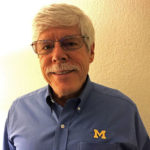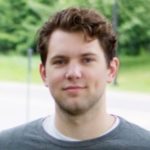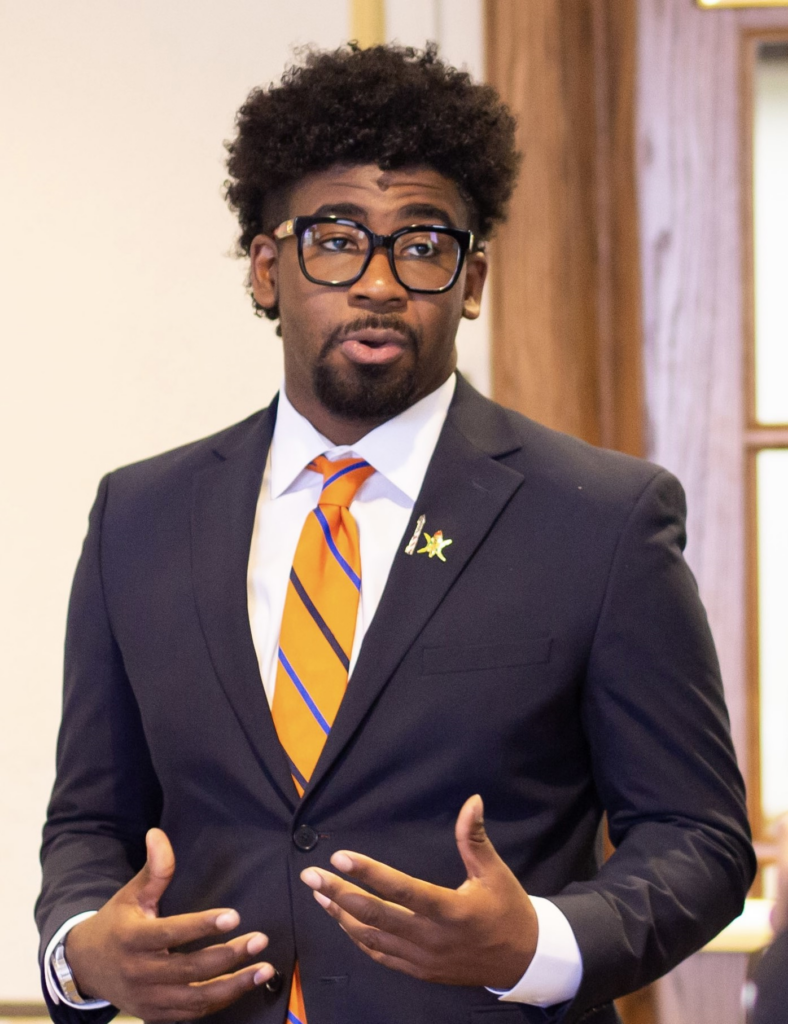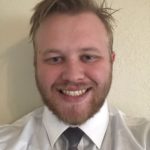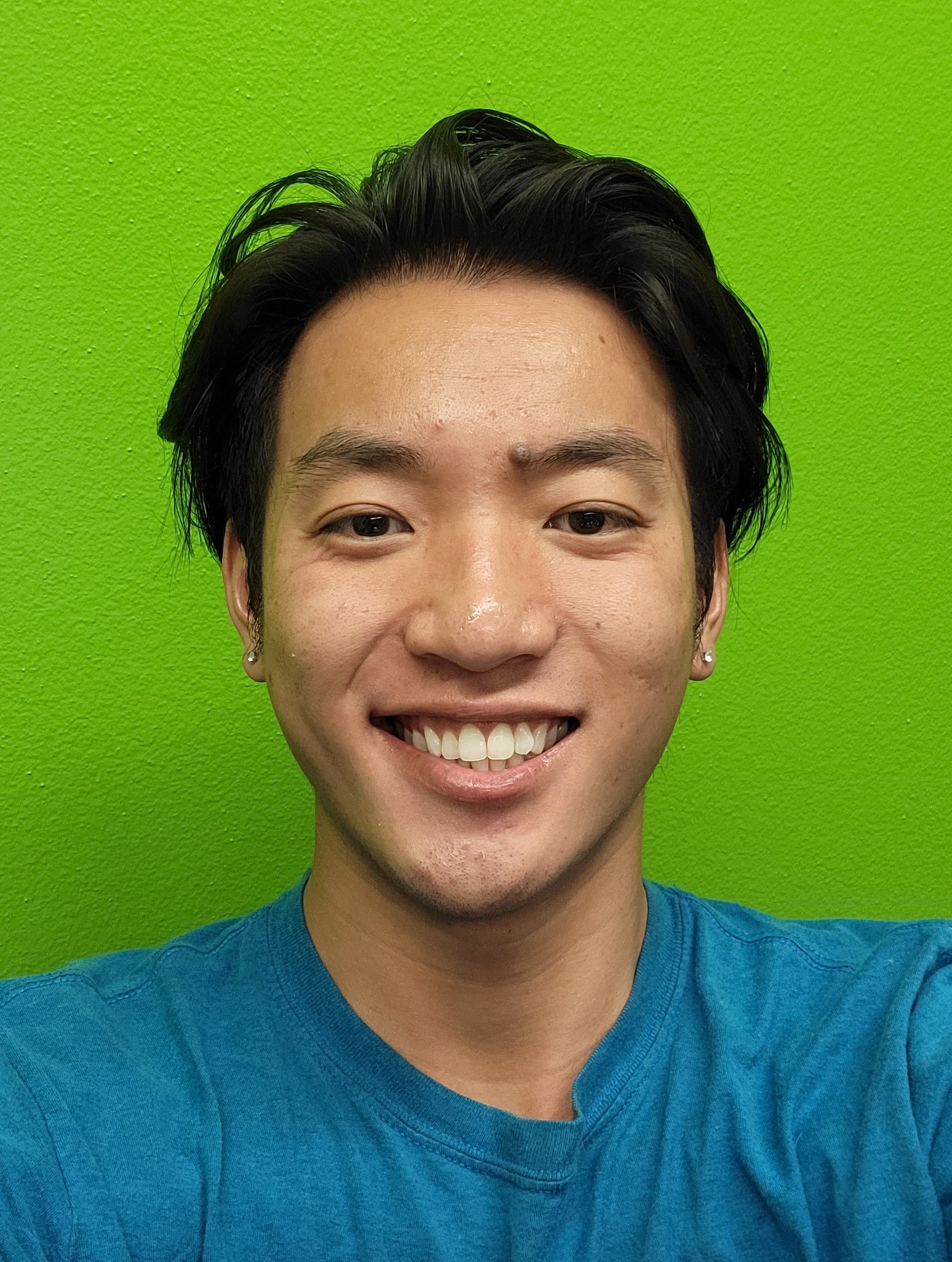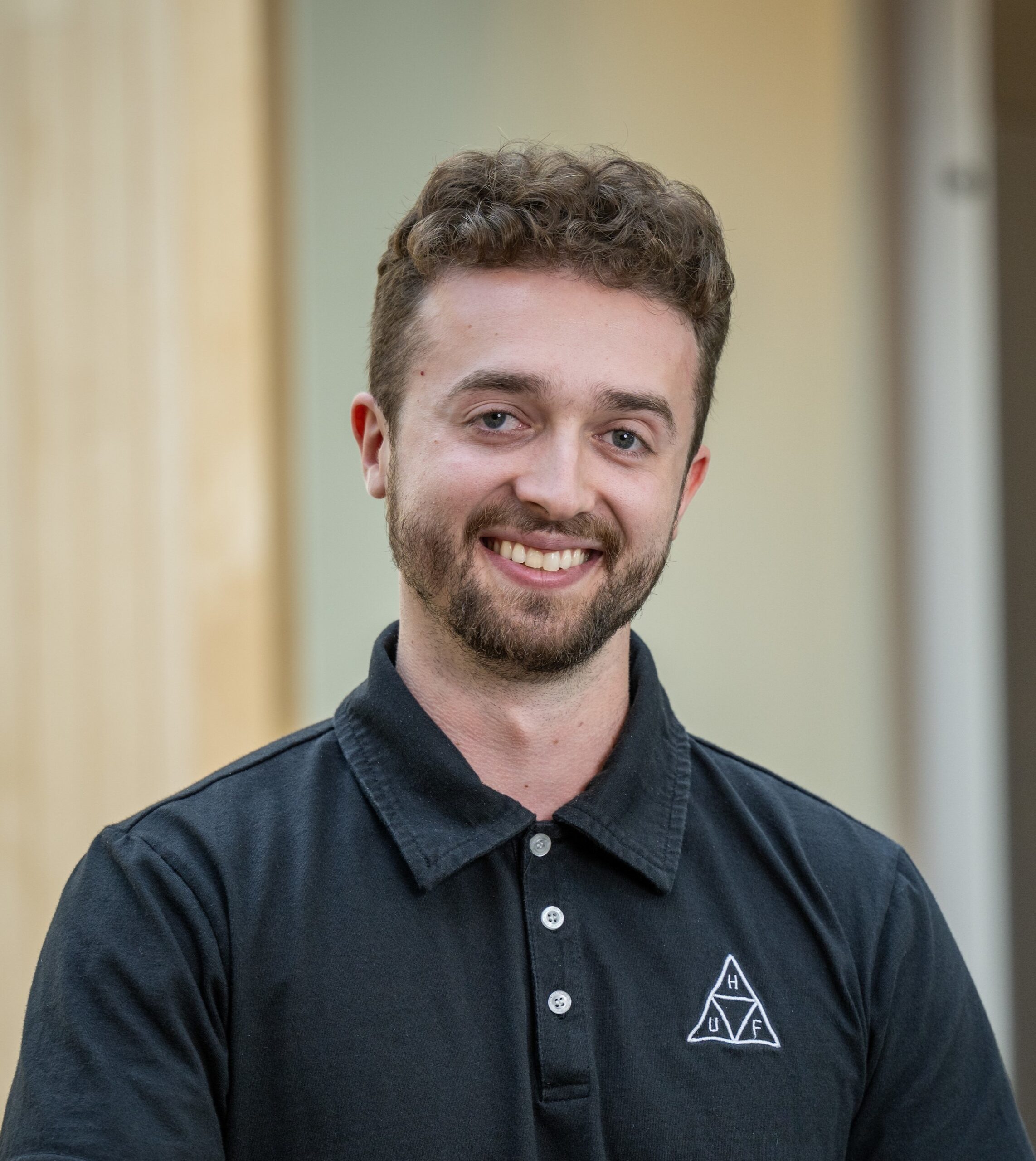Faculty
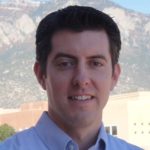 Ryan McBride | Dr. Ryan D. McBride is an associate professor in the Nuclear Engineering and Radiological Sciences Department at the University of Michigan, Ann Arbor. His primary research interests are in plasma physics, nuclear fusion, radiation generation, pulsed-power technology, plasma diagnostics, and the dynamics of magnetically driven, cylindrically imploding systems. His research is conducted primarily within the Plasma, Pulsed Power, and Microwave Laboratory, which includes two linear transformer driver (LTD) facilities: MAIZE (~1 MA, ~100 ns) and BLUE (~150 kA, ~100 ns). He received his Ph.D. from Cornell University in 2009, where he conducted experimental research on wire-array z-pinch implosions using the 1-MA COBRA pulsed-power facility. In 2008-2016, Dr. McBride was with Sandia National Laboratories in Albuquerque, NM, where he held appointments as both a staff physicist and a department manager. At Sandia, Dr. McBride conducted research in nuclear fusion, radiation generation, and high-pressure material properties using the 20-MA Z pulsed-power facility. Most recently, Dr. McBride’s research has been focused on both experimental and theoretical studies of magnetized liner inertial fusion (MagLIF). MagLIF is presently one of the United States’ three mainline approaches to studying controlled inertial confinement fusion (ICF) in the laboratory. |
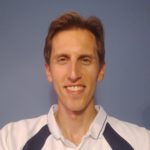 Nicholas Jordan | Dr. Jordan received the B.S.E., M.S.E., and Ph.D. (plasma option) degrees in Nuclear Engineering and Radiological Science from the University of Michigan (UM), Ann Arbor, MI, USA, in 2002, 2004, and 2008, respectively. From 2008-2013, he was with Cybernet Systems, Ann Arbor, MI, where he was involved in the development of microwave vehicle stopping technology. He is an Associate Research Professor in the Nuclear Engineering and Radiological Sciences Department at the University of Michigan, Ann Arbor, and the Lab Manager for the Plasma, Pulsed Power, and Microwave Laboratory. His current research interests include high-power microwave devices, pulsed power, laser ablation, high energy-density physics, and plasma discharges. |
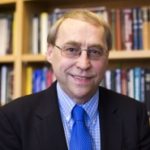
Ronald M. Gilgenbach | Ronald M. Gilgenbach is the Chihiro Kikuchi Collegiate Professor Emeritus and Professor Emeritus in the Nuclear Engineering and Radiological Sciences Department at the University of Michigan. He served as NERS Department Chair from 2010-2018, during which time he conceived and built the Nuclear Engineering Laboratory Building. He earned his Ph.D. in Electrical Engineering from Columbia University in 1978. His B.S. (1972) and M.S. (1973) degrees were received at the University of Wisconsin. In the early 1970’s he spent several years as a Member of the Technical Staff at Bell Labs. From 1978-1980, he performed gyrotron research at the Naval Research Lab (NRL) and performed the first electron cyclotron heating experiments on a tokamak plasma in the USA at Oak Ridge National Laboratory. Dr. Gilgenbach joined the faculty of the University of Michigan in 1980 and became Director of the Plasma, Pulsed Power and Microwave Laboratory. At UM, Dr. Gilgenbach has supervised or co-supervised 54 graduated Ph.D. students, has published over 200 articles in refereed journals and has 5 patents granted. He originated a new course on particle accelerators and updated the plasma curriculum. His research at Michigan has concentrated on advanced particle accelerators, electron beams, plasma physics, high power microwave generation, as well as biological interactions of radio-frequency and ultrawideband radiation, particularly for killing cancer cells. He has collaborated in research with scientists at Air Force Research Lab, Sandia National Labs, Los Alamos National Lab, NASA Glenn, Northrop-Grumman, L-3 Communications, General Motors Research Labs, Fermilab, Naval Research Lab and the Institute of High Current Electronics (Russia). He received the UM College of Engineering Research Award in 1993, the NSF Presidential Young Investigator Award (1984) and the 1997 Plasma Sciences and Applications Committee (PSAC) Award from the IEEE, served as PSAC Chair in 2007-2008 and received an Outstanding Young Engineer Award from the American Nuclear Society. He is the 2017 recipient of the Peter Haas Pulsed Power Award from the IEEE Pulsed Power Science and Technology Committee. He is a Life Fellow of the IEEE, Fellow of the American Physical Society Division of Plasma Physics and Fellow of the American Nuclear Society. He is a past Associate Editor of the journal, Physics of Plasmas. In 2017-18 he served on the National Academies of Sciences, Engineering, Medicine panel: “Strategic Plan for Burning Plasma Research in the U.S.” His travels have taken him to some 40 countries. |
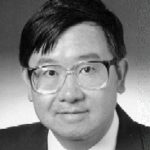 Yue Ying Lau |
Y. Y. Lau was born in Hong Kong. He received the B.S, M.S., and Ph.D. degrees in electrical engineering from the Massachusetts Institute of Technology (MIT), Cambridge, MA, USA, in 1968, 1970, and 1973, respectively. He was an Instructor and then an Assistant Professor of Applied Mathematics with MIT from 1973 to 1979. He was a Research Physicist with Science Applications Inc., McLean, VA, USA, from 1980 to 1983, and the Naval Research Laboratory, Washington, DC, USA, from 1983 to 1992. Since 1992, he has been a Professor with the Applied Physics Program and the Department of Nuclear Engineering and Radiological Sciences, University of Michigan, Ann Arbor, MI, USA. He has been involved in electron beams, coherent radiation sources, plasmas, and discharges. He has authored over 190 refereed publications. He holds ten patents. His current research interests include heating phenomenology, physics of quantum and higher dimensional diodes, Thomson X-ray sources, and electrical contacts. Dr. Lau was elected as a fellow of the American Physical Society in 1986. He was a recipient of the Sigma-Xi Scientific Society Applied Science Award in 1989, and the IEEE Plasma Science and Applications Award in 1999. He served three terms as an Associate Editor of the Physics of Plasmas journal. He was a Guest Editor of the IEEE Transactions on Plasma Science Special Issue on High Power Microwave Generation. He was the recipient of the IEEE 2017 John R. Pierce Award for excellence in vacuum electronics. |
|
|
Graduate Students
Undergraduate Students
Chip Peterson
Milo Parrott
Isaac Sarbacker

